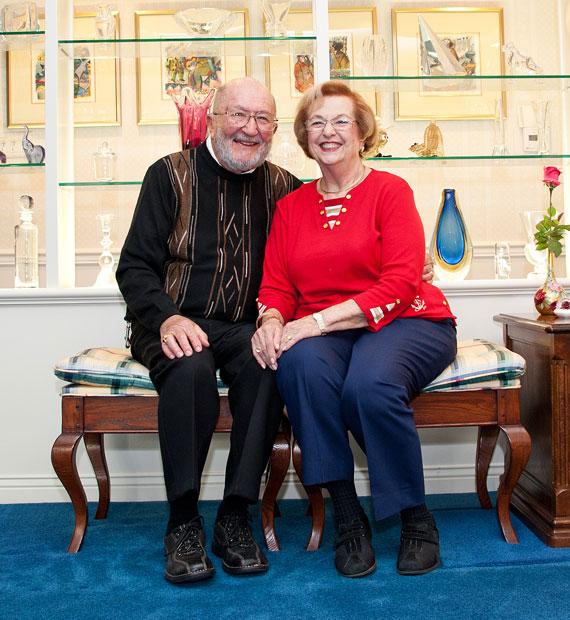
The California State University system recently announced a record $297 million from more than 220,000 donors for 2011-2012.
“We had an uptick in individual donations,” said Erik Fallis, media relations manager at the Public Affairs office. Parents, alumni and people who support the mission of the CSU system donated in higher numbers than in the previous decade. The donations made up for for the lower amounts from institutions, as institutional giving wasn’t quite as strong Fallis said.
Some current students like senior biology major, Laura Manzo, think they may donate later in life.
“If I had enough money, I definitely would (donate),” Manzo said. “Things like the computer labs are great for students, and we could invest in that more.”
Donation figures have remained stable due to the fundraising efforts of the CSU system.
“The program doesn’t rely on any one gift,” Fallis said. “We have a very robust program when seeking support.”
Maureen Fitzgerald, associate vice president for development at CSUN, agreed that the campus-wide efforts of fundraisers have helped garner contributions.
“We conduct direct mail to a portion of our alumni, (hold) a phone-a-thon and have staff working with faculty to identify individuals or organizations who would like to fund the work we do,” she said.
Even with these efforts, the number of people who donated directly to CSUN decreased slightly. This is different from the CSU system overall, where the number of benefactors increased.
The decrease in overall donors has not put a damper on CSUN fundraising efforts, Fitzgerald said.
“We’re far ahead already of where we’ve been in fundraising in the last 4 years,” Fitzgerald said. “Already this year,, we’ve generated close to $7 million in new productivity as of December.”
Two donors contributing to this figure are Albert M. Lapides and his wife, Sherry. Mr. Lapides received a master’s degree in business from CSUN.
“The major reason I give to CSUN is because I can’t make much of a difference where I received my (bachelor’s),” he said. “(At UC Berkeley), donors make $15 million contributions. Our little bit of money makes a difference at CSUN, and we can be directly involved.”
The Lapides donated an undisclosed amount to the university.
Many of the donors found on the University Advancement website similarly give to the university because they attended or worked on-campus and want to make a difference.
Overall, CSUN donors gave $11.4 million for the campus in the 2012 fiscal year and $10.7 million in 2011, Fitzgerald said.
As for the money’s destination, donors typically pick a direct cause for the money they give.
“Donors disproportionately like to invest in our students,” Fallis said.
This translates into most of the donated funds being directed toward endowment scholarships, direct scholarships and activities that are vital to supporting education in the classroom.
Systemwide, $61.6 million was donated directly to endowments and direct student scholarships.
Other areas of donation include $43.1 million to academic enrichment, $29.6 million to public service programs, $20.8 million to facilities, and $15 million to athletics.
Donation figures are based on the fundraising concept of “productivity.” While the CSU system may have raised $297 million in pledges in the last fiscal year, it may not have all of that money today.
Productivity is calculated by adding up checks and pledges, Fitzgerald said. She added that if the CSU gets a pledge of $1 million over 10 years, they calculate that as a total of $1 million, as opposed to calculating it as $100,000 each year for 10 years.
A $1 million check and a $1 million pledge over 10 years are both added as $1 million for the fiscal year’s productivity.





